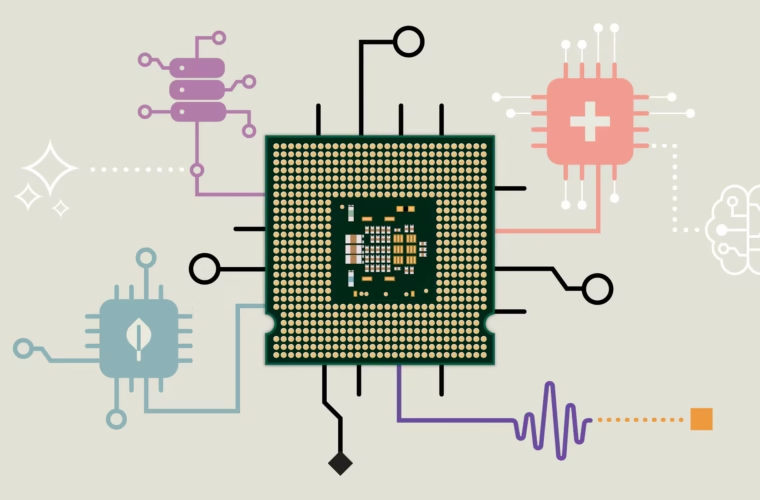An artificial foot that replicates the movements of the natural foot, capable of flexing and adapting to obstacles and surfaces on which it walks. Herein lies the innovative scope of SoftFoot Pro, a prototype developed by the Italian Institute of Technology (IIT) and designed to help amputee humans and humanoid robots. This novelty was born of necessity because IIT researchers noticed the lack of fluidity in the gait of people with prosthetic feet and humanoid robots who struggle to move in certain conditions.
Why? The flat and rigid sole of the feet of both, which are perfect for making it easier to stand, much less so for adapting to different surfaces, but also to sloping terrain, as well as in bending and kneeling movements. Hence the idea of finding a solution, creating something that would suit people with walking problems and robots.
Lightweight, waterproof and resistant prosthesis
The result is SoftFoot Pro, an artificial foot designed by Soft Robotics for Human Cooperation and Rehabilitation at IIT and the E. Piaggio Centre of the University of Pisa. Made of titanium and plastic, the prosthesis weighs 450 grams, is waterproof, and supports a load capacity of up to 100 kg. It is composed of an arch mechanism whose ends are connected by five chains arranged in parallel to simulate the bone structure of the human foot.
Each chain has several modules linked together by a pair of elastic bands, which join the tarsus, metatarsus and phalanges. In this way, a plantar fascia and the peculiarities of the foot are replicated, facilitating the use of the prosthesis.
Elastics are essential for cushioning the foot’s impact with the ground, absorbing between 10% and 50% of the step cycle. This, combined with the toes’ flexibility, makes it easier to move around in everyday life. Climbing and descending stairs, keeping one’s balance, walking naturally on different surfaces, and bending over to tie one’s shoes or pick something up thus become more accessible for those needing prosthetic lower limbs and humanoid robots.
After all, IIT researchers point out that the robots we use operate in environments designed and built for humans, so they do not have the structure to deal with them appropriately. With SoftFoot Pro, this gap is partly filled.
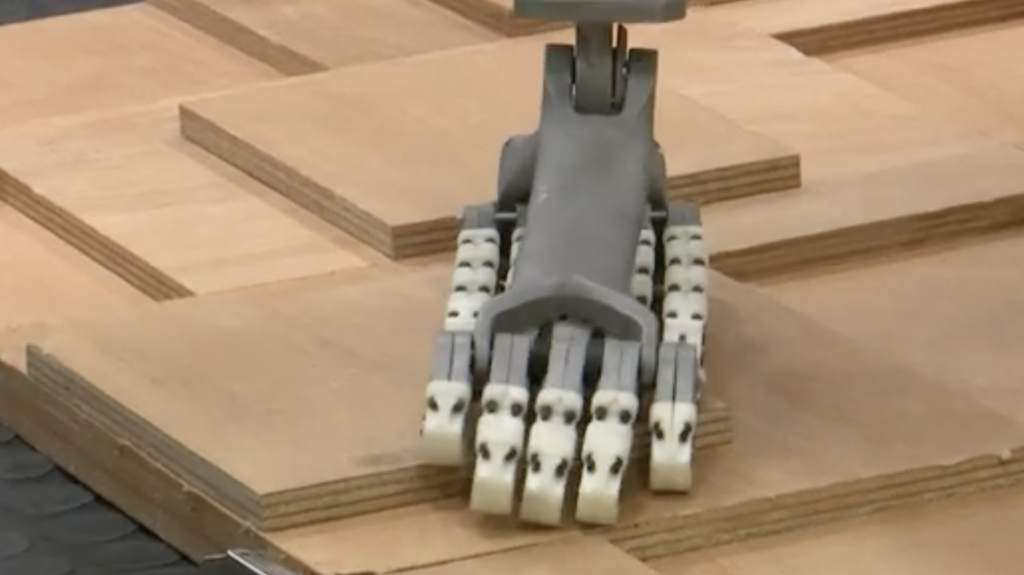
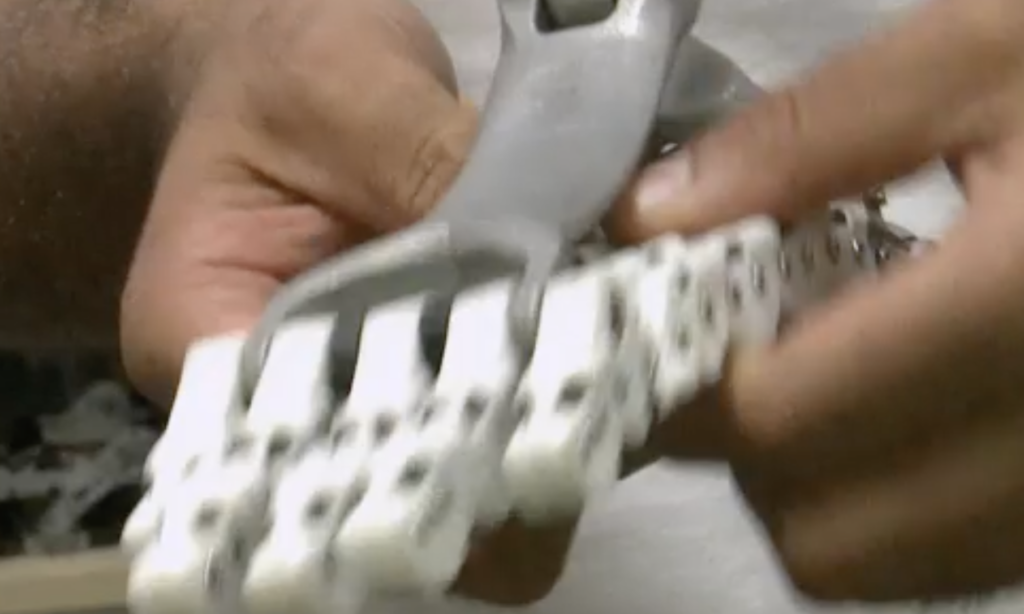
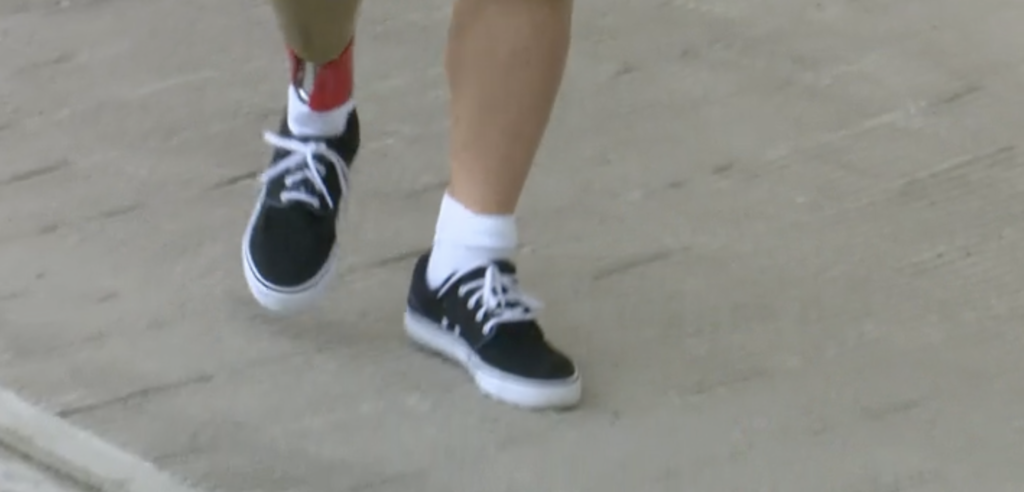
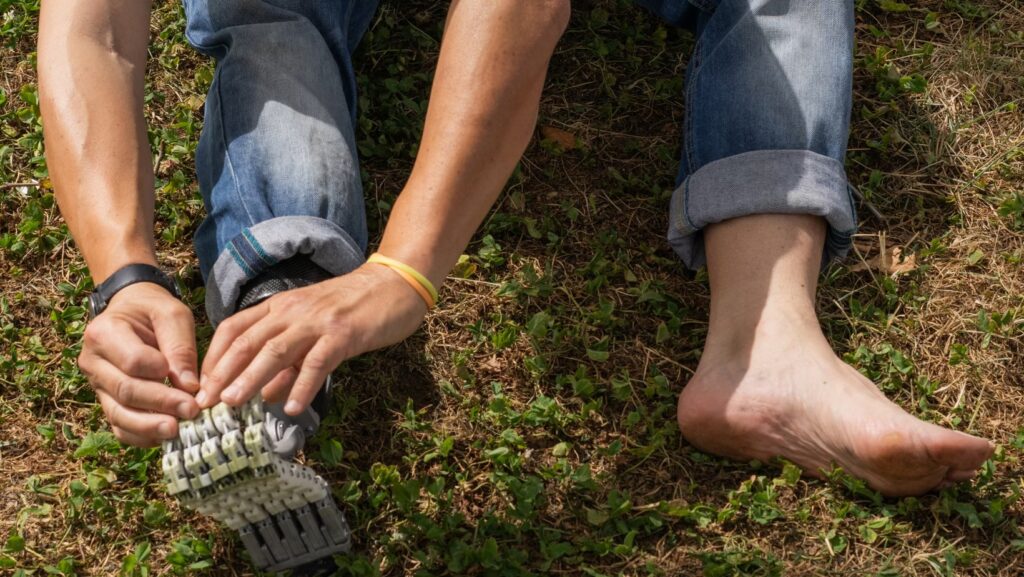
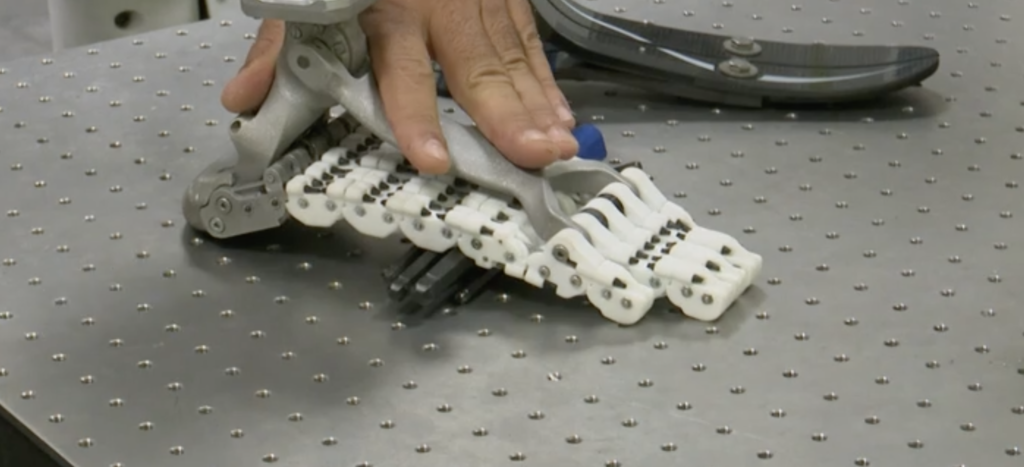
An unprecedented benefit
There are three patents related to the development of the prosthesis. The first is dedicated to the system that allows stepping and stiffening in relation to the load on the foot. Another relates to the deformation of the plantar fascia, which depends on the person’s weight on the obstacle. The third concerns the way in which we are able to transfer elastic energy during the stride to ensure propulsion.
All in all, the combination of these properties allows simple, everyday movements to be performed more easily and safely, which might appear to be a minor advantage but is actually a crucial benefit for amputees.
Currently being tested with people with unilateral lower limb amputations at the Hannover Medical School in Germany and the Medical University of Vienna in Austria, the researchers aim to test the device in laboratories and realistic settings to assess performance and potential future developments. The project leaders are aware that they have only taken the first step on a long road. The second phase will involve optimising weight and size, along with the introduction of motors to ensure smoother walking.

